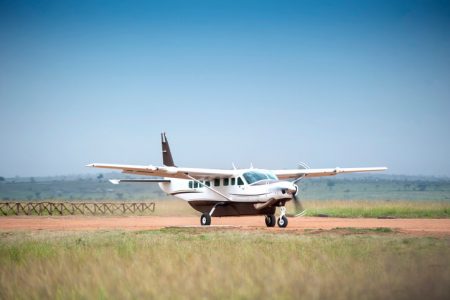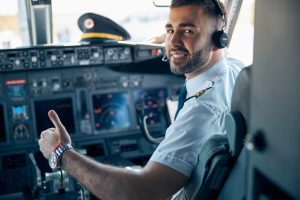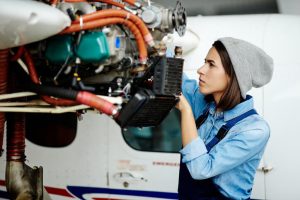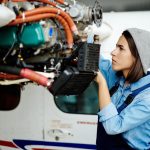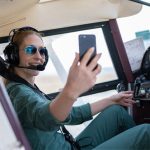Aviation Airspace Safety
Concerns about the growing aviation airspace traffic brought on by remotely piloted aircraft, drones, and eVTOL vehicles have created a sense of unease. With no human eyes to lookout for other aircraft, how can we maintain a safe distance? Fortunately, companies like Reliable Robotics are already addressing this issue and assist pilot situational awareness. By collaborating with NASA, they are developing an automated detect-and-avoid (DAA) system for autonomous aircraft. Utilizing the existing radar infrastructure of the FAA, this system aims to improve safety in the skies.
To gather data for their research, Reliable Robotics conducted flight testing in California with two experimental aircraft. Coordinating multiple encounters between the aircraft, they used ground-based and commercial air-to-air radars to track and collect essential data. This data is now being analyzed by NASA to ensure the accuracy of the FAA’s radar system and create a safety case for future DAA systems.
The primary goal of the collaboration between Reliable Robots and NASA is to enhance pilot situational awareness and prevent mid-air collisions using high-quality surveillance radar data. This partnership highlights the urgency of the situation, as Reliable Robotics is even developing autonomy kits to convert crewed aircraft into remotely piloted ones. The rapid progression of autonomous aircraft is concerning, especially when combined with the already congested airspace.
Why ADD are Crucial in Shared Airspace
Enhanced Situational Awareness
ADD systems provide pilots with an additional layer of situational awareness. These systems leverage advanced technology, such as radar, lidar, and computer vision, to detect and track nearby aircraft or objects. By continuously monitoring the airspace around the aircraft, these systems provide real-time information and alerts, allowing pilots to react promptly and effectively to potential collision risks.
Mitigating Collision Risks
ADD systems play a crucial role in mitigating the risk of mid-air collisions by actively scanning the airspace for potential conflicts. When a potential collision is detected, these systems can provide pilots with timely warnings and recommend evasive maneuvers to avoid any accidents.
Managing Complex Air Traffic
ADD systems help professional pilots navigate the complexity of flight environments by providing them with comprehensive information about the positions, velocities, and flight paths of nearby aerial vehicles. This knowledge enables pilots to make informed decisions and adjust their own flight plans accordingly, ensuring safe and efficient navigation through congested airspace.
Adapting to Evolving Regulations
ADD systems are designed to adapt to these changing regulations and requirements. By integrating with existing air traffic management systems and following established protocols, these systems ensure compliance with evolving rules and facilitate seamless integration of different types of aircraft in shared airspace.
Enabling Efficient Operations
ADD systems not only enhance safety but also contribute to the overall efficiency of flight operations. By providing pilots with accurate information about nearby aerial vehicles, these systems help optimize flight paths, reduce unnecessary diversions, and minimize fuel consumption. This increased efficiency translates into cost savings for airlines and a more sustainable aviation industry.
Facilitating Technological Advancements
As the aviation industry continues to embrace new technologies and innovative aircraft designs, ADD systems play a crucial role in facilitating these advancements. By ensuring the safe coexistence of manned and unmanned aircraft, these systems create opportunities for the development and integration of cutting-edge solutions such as urban air mobility and autonomous flight.
Conclusion
While the collaboration between the FAA, NASA, and Reliable Robotics is commendable, there is an underlying hope that a successful system will be developed before the increase in air traffic becomes unmanageable. The need for a solution has never been more pressing.

